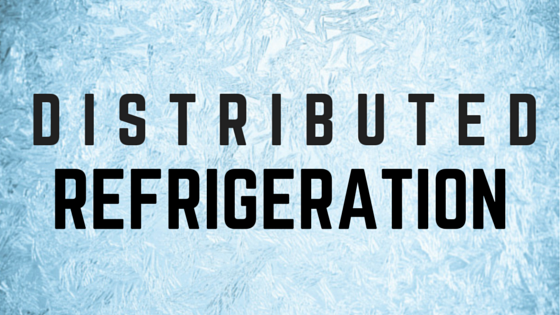Distributed Refrigeration: The Benefits of Ammonia Refrigeration Without the Risk
The majority of industrial refrigeration systems in the U.S. are central-station ammonia systems—the backbone of the food and beverage industry. For over 100 years, these ammonia systems have dominated the industry because they not only have superior thermos-physical properties, but also because they’re environmentally friendly. Ammonia has a global warming potential (GWP) and ozone depletion potential (ODP) of zero.
Continue Reading “Distributed Refrigeration: The Benefits of Ammonia Refrigeration Without the Risk”





